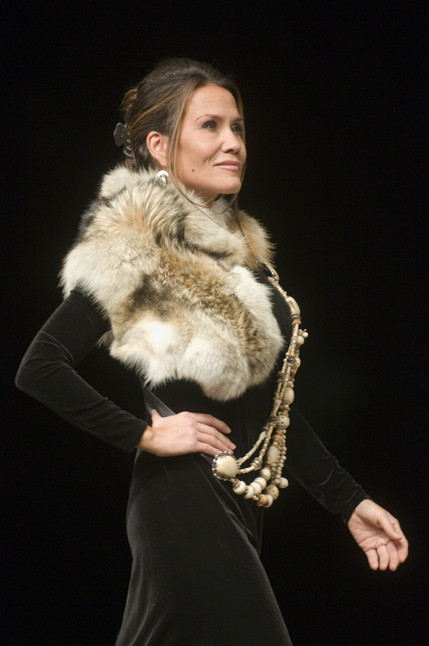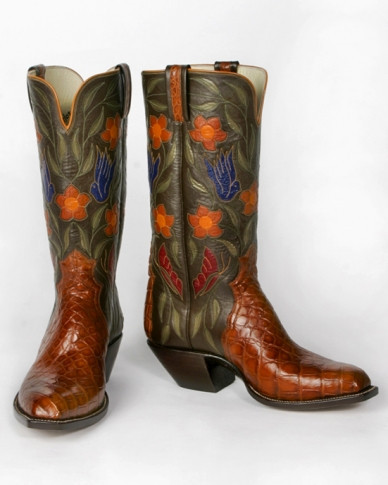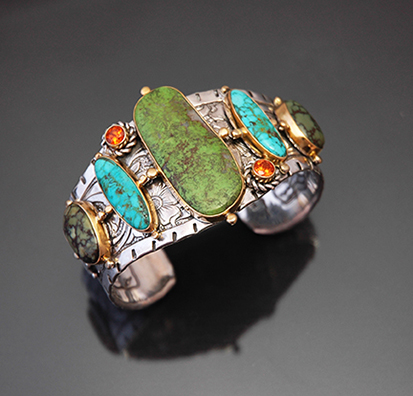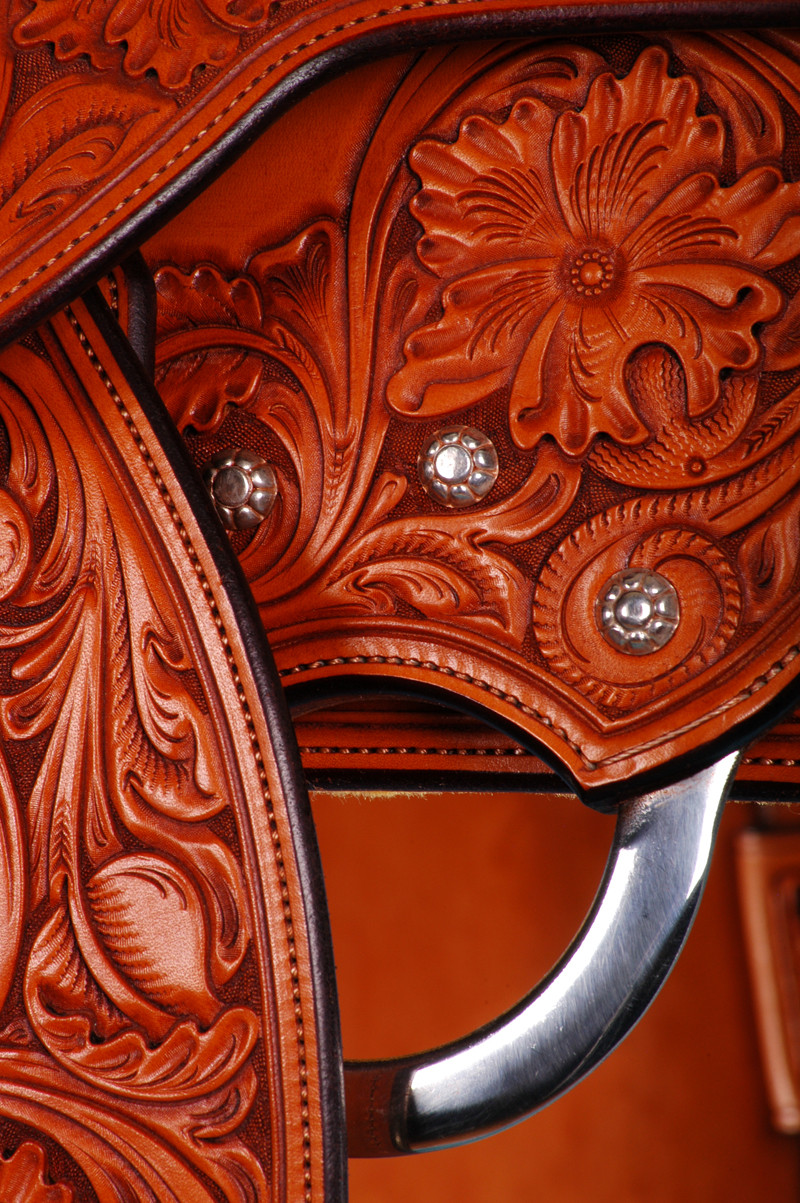3 TIPS to help you mix and mingle big, bold, colorful abstract art into your room!
July 24, 2014
TIP 1: Pair abstract art with whimsical realism; they complement one another! Have fun with this…the colors don’t need to match, nor do the frames. Note: This tip works best in a modern setting. Here’s an example from Luxe magazine:
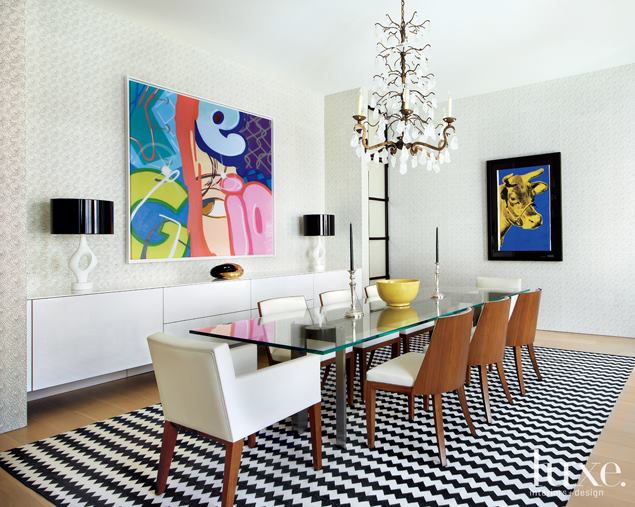
TIP 2: My first tip focused on a modern room but I’m here to remind you that your space does not have to be modern for abstract art to fit in. Quite the contrary! Some of the most appealing rooms mix and mingle antiques with colorful abstract art. Here’s an example from Charmean Neithart Interiors, LLC.

TIP 3: Your big, bold abstract art does not have to be the only thing with color in the room. Go ahead and accessorize. A few of your complementary pieces can match the colors in your artwork, but not all of them. A little “matchy-matchy” is good but too much is not. EJ Interior Design struck the right balance with this combination.

Go ahead – mix and mingle! I’d love to hear about your results.
To comment on this post please visit my blog on

TIP 2: My first tip focused on a modern room but I’m here to remind you that your space does not have to be modern for abstract art to fit in. Quite the contrary! Some of the most appealing rooms mix and mingle antiques with colorful abstract art. Here’s an example from Charmean Neithart Interiors, LLC.

TIP 3: Your big, bold abstract art does not have to be the only thing with color in the room. Go ahead and accessorize. A few of your complementary pieces can match the colors in your artwork, but not all of them. A little “matchy-matchy” is good but too much is not. EJ Interior Design struck the right balance with this combination.

Go ahead – mix and mingle! I’d love to hear about your results.
To comment on this post please visit my blog on

The Mindfulness of Art
July 17, 2014
Aspen has so many activities in the summer, from music and art festivals to some of the world’s most outstanding speakers at the Aspen Institute and the Aspen Center for Physics. I attended an Aspen Institute talk last week given by Ellen Langer, Ph.D. at Harvard on Mindfulness and the Psychology of Possibility. Dr. Langer says that we don’t see what’s right in front of us. She encourages us to notice how a situation is different—that’s mindfulness. Mindfulness means noticing what’s around you. This really hit home with me because that’s part of my purpose at Look Studio—to get people to observe, to notice, and to think about what they are seeing.
Dr. Langer says that mindfulness is visible in the things we make. In one of her studies at Harvard, musicians who were more mindful when they played their music were favored by the audience, compared to the group that played their music without being mindful. Wow, by simply paying attention and truly engaging in an activity, our effort is noticed favored by the observer.
What does mindfulness have to do with art? Probably everything because it helps explain the power of art. An artist, sculptor or photographer can’t help but engage with the oils, canvas, clay, subject matter and expression of the object. Artists become consumed with the process. When I’m creating my abstract photography, the world is closed out around me. I forget to eat, answer the phone or return emails. Time is lost because I’m so engaged, and hopefully mindful, in the moment.
Let’s look at some great artists. Michelangelo wasn’t texting and deciding on the take out order while painting. He was completely focused and engaged in the moment and was mindful. Van Gogh worked hard to achieve the technical ability of other artists at the time. Ernst Gombrich explained that every artist, “works within a medium that is pre-shaped by tradition”. Fortunately for Van Gogh and us, he achieved the tradition and then began to break away with bold colors and broad strokes that had not been seen before and took art to a new level. His style was uniquely his own. What about Picasso? Was he mindful? Some people would look at his work and say no, yet although many pieces may not be pleasing to the eye, their lasting affect on the art world certainly connotes mindfulness. Following the inspiration of tradition and paying attention to trends in art, Picasso mindfully expressed his version of the reality of life. Art depicted as the absurd is art that touches the heart because that’s life. Life is filled with extremes, almost a caricature so to speak, as uniquely expressed by Picasso. Albert Einstein said, “if an idea isn’t absurd, then there’s no hope for it”. Look what has been manifested in science and art from mindful absurdity.
I want to challenge you to look, observe, mindfully notice life, and appreciate the expression of it through art and other mediums, even to express in it your unique way. Be mindful.
To comment on this post please visit my blog on
Dr. Langer says that mindfulness is visible in the things we make. In one of her studies at Harvard, musicians who were more mindful when they played their music were favored by the audience, compared to the group that played their music without being mindful. Wow, by simply paying attention and truly engaging in an activity, our effort is noticed favored by the observer.
What does mindfulness have to do with art? Probably everything because it helps explain the power of art. An artist, sculptor or photographer can’t help but engage with the oils, canvas, clay, subject matter and expression of the object. Artists become consumed with the process. When I’m creating my abstract photography, the world is closed out around me. I forget to eat, answer the phone or return emails. Time is lost because I’m so engaged, and hopefully mindful, in the moment.
Let’s look at some great artists. Michelangelo wasn’t texting and deciding on the take out order while painting. He was completely focused and engaged in the moment and was mindful. Van Gogh worked hard to achieve the technical ability of other artists at the time. Ernst Gombrich explained that every artist, “works within a medium that is pre-shaped by tradition”. Fortunately for Van Gogh and us, he achieved the tradition and then began to break away with bold colors and broad strokes that had not been seen before and took art to a new level. His style was uniquely his own. What about Picasso? Was he mindful? Some people would look at his work and say no, yet although many pieces may not be pleasing to the eye, their lasting affect on the art world certainly connotes mindfulness. Following the inspiration of tradition and paying attention to trends in art, Picasso mindfully expressed his version of the reality of life. Art depicted as the absurd is art that touches the heart because that’s life. Life is filled with extremes, almost a caricature so to speak, as uniquely expressed by Picasso. Albert Einstein said, “if an idea isn’t absurd, then there’s no hope for it”. Look what has been manifested in science and art from mindful absurdity.
I want to challenge you to look, observe, mindfully notice life, and appreciate the expression of it through art and other mediums, even to express in it your unique way. Be mindful.
To comment on this post please visit my blog on

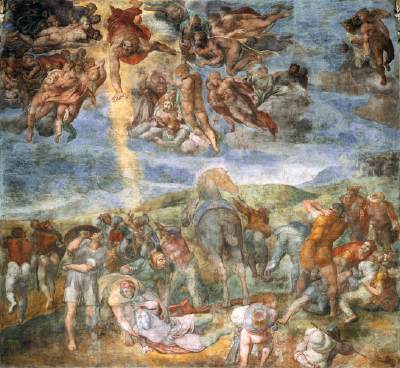
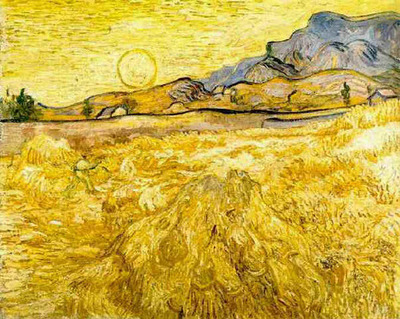
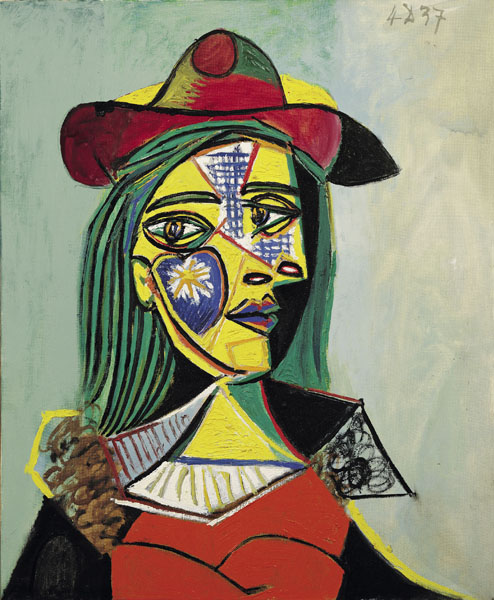
Amazing Abstract Photography
July 10, 2014
We talked about abstract art a couple of weeks ago. Those of you who love abstract art, might also have an eye for abstract photography that’s become more accessible with the onset of digital photography. “Digital” doesn’t necessarily mean less skill is involved. Instead the digital world, with its abundance of software, has broadened the range of effects that can be used to create a unique and interesting image. The macro lens is another tool that can be used to this end. It allows a photographer to create an image that minimizes the reality of the subject matter and allows the viewer to draw his own conclusion. My unique subject matter is an important part of creating my images, but not necessarily the main point of the piece. So many people ask, “what is it?” because they know it’s photography. I want to challenge people to get comfortable with not knowing what it is and just observe and contemplate what the piece says to them.
We’ve traditionally seen abstract photography in black and white where you may recognize a portion of the subject but the composition is abstract. The Museum of Modern Art in New York has a wonderful collection of black and white abstract photography. With today’s technology, the subject matter of the photograph may be completely unrecognizable. The abstraction, color or texture can dominate the focus of the image. My work is primarily in the second category but typically with minimal software manipulation. Because of my subject matter and a macro lens, you can’t always tell what I’m photographing and I like that mystery. I’m happy to let people know what the subject is, if they want to know, but part of my point is to encourage people to free themselves from the constraints of needing to know, and instead let their imagination create its own story about the piece.
Enjoy the samples of other abstract photographers below. Titania’s Light looks exactly like the original piece I photographed yet you can’t tell what it is. I marvel at this amazing abstract perspective every time I take photographs. Let me know your thoughts and preferences related to amazing abstract photography.
To comment on this post please visit my blog on
We’ve traditionally seen abstract photography in black and white where you may recognize a portion of the subject but the composition is abstract. The Museum of Modern Art in New York has a wonderful collection of black and white abstract photography. With today’s technology, the subject matter of the photograph may be completely unrecognizable. The abstraction, color or texture can dominate the focus of the image. My work is primarily in the second category but typically with minimal software manipulation. Because of my subject matter and a macro lens, you can’t always tell what I’m photographing and I like that mystery. I’m happy to let people know what the subject is, if they want to know, but part of my point is to encourage people to free themselves from the constraints of needing to know, and instead let their imagination create its own story about the piece.
Enjoy the samples of other abstract photographers below. Titania’s Light looks exactly like the original piece I photographed yet you can’t tell what it is. I marvel at this amazing abstract perspective every time I take photographs. Let me know your thoughts and preferences related to amazing abstract photography.
To comment on this post please visit my blog on


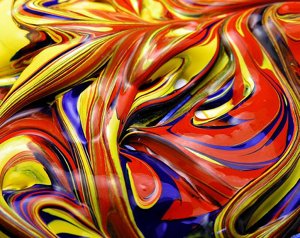



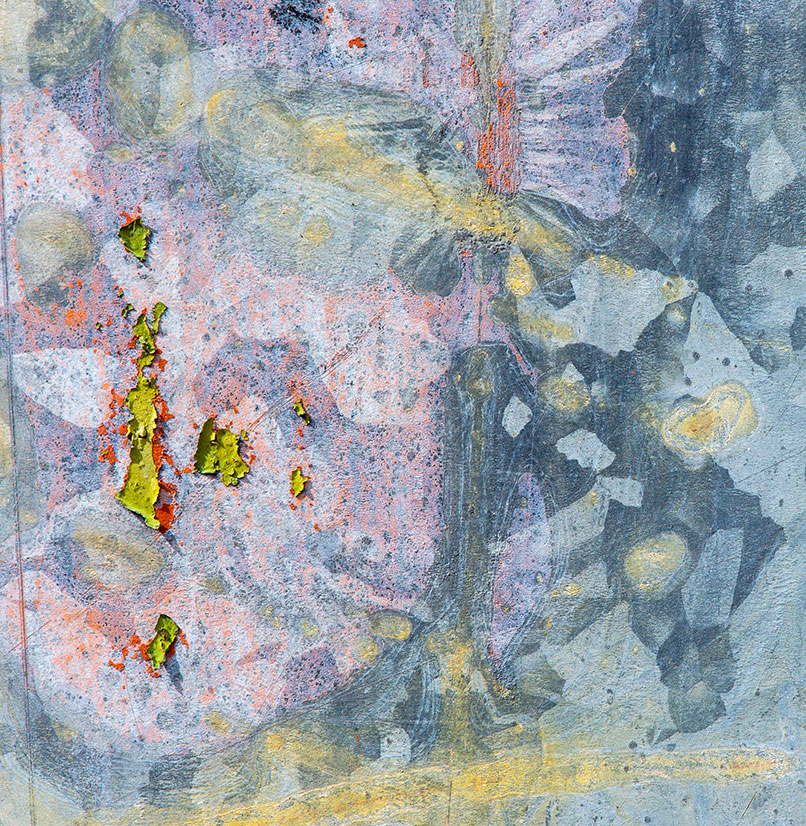
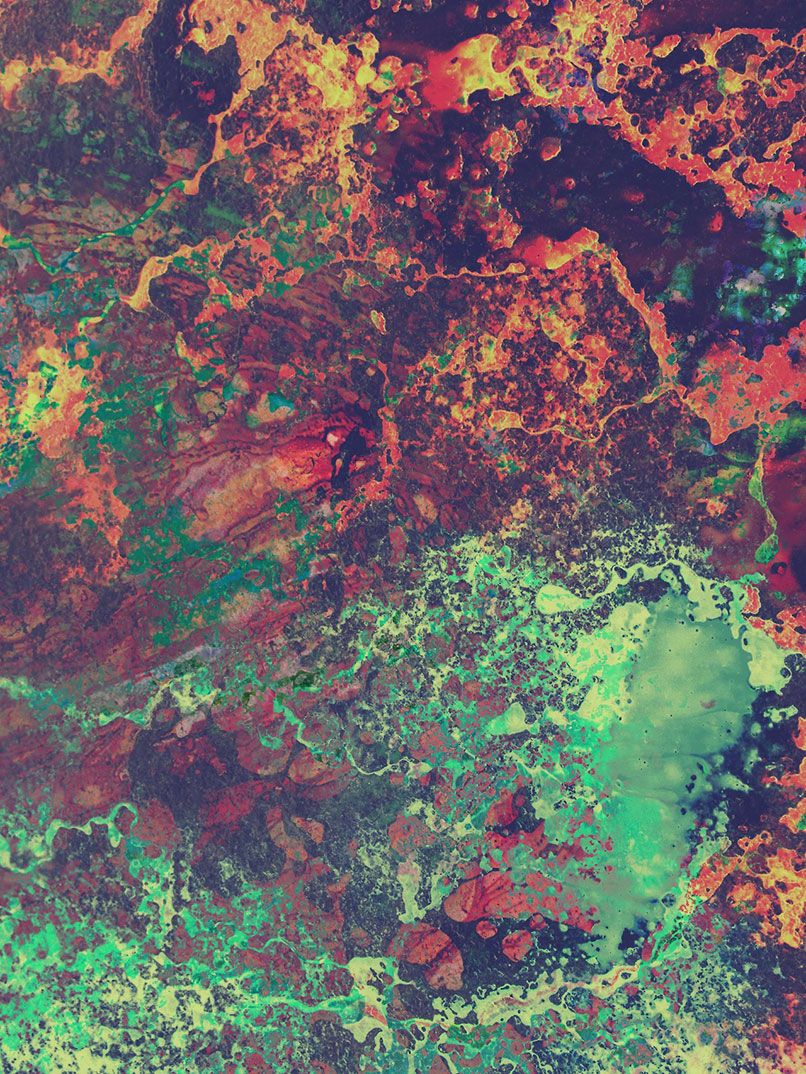
Celebrate Freedom
July 2, 2014
I love the colors red, white and blue. They symbolize summer to me--picnics, music and fireworks. I also enjoy seasonal decorating with flags, pillows and, of course, abstract art. My Star and Stripes abstract photography series is a wonderful way to bring patriotism to your home throughout the year. Or choose an 11x14 for a seasonal accent. The star in Freedom (below) looks like an eagle, which I love, and it’s always a conversation piece. I think “Freedom” would make a great postage stamp! Share some of your ideas for seasonal touches of red, white and blue. Celebrate the 4th and the freedom of living in this wonderful country with your friends and family.
To comment on this post please visit my blog on
To comment on this post please visit my blog on

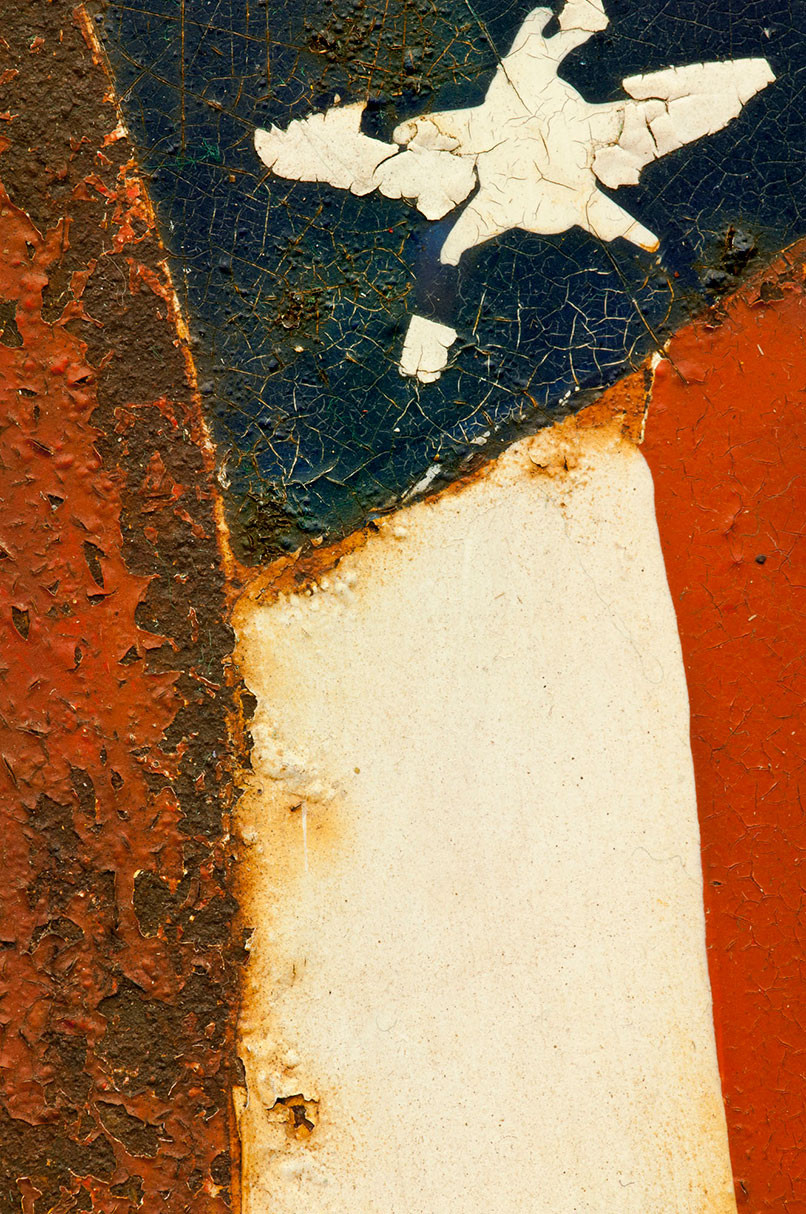
Spirit of the West
June 18, 2014
Yippie ki-yay! I’ve been asked to be a judge at this year’s Western Design Conference in Jackson, WY, and am excited to have the opportunity to participate in a show that attracts many of the leading western craftsmen, artisans and designers in the country.
Western spirit started when the first person set foot off the Mayflower. The essence of Western spirit comes from the appreciation of the Native Americans who were here long before this country was formed combined with the settlers who made their way westward to start a new life in a restless land. The traits of survival, endurance, and perseverance created strength of character that still exists in those living in the Western states.
The artistry that’s come from necessity is uniquely austere in design and beauty. Primarily using natural materials, it’s an inspiration to see the high quality of craftsmanship inspired by the wind and the sun, the beauty of the mountains, and the openness that surrounds us in the West. The entrants of this show include leather, metal, accents, woodworking, jewelry and fashion. I’m attracted to elements that capture the purity of western spirit in a modern piece of functional art. I’ll update you in September on the highlights of the show.
Here are samples of some of these artists. Also check out an example of my interpretation of western abstract photography, Sweetwater Grass, Dreamweaver and Shoshoni Territory that have been used as a backdrop on display at the design conference for the past two years.
To comment on this post please visit my blog on
Western spirit started when the first person set foot off the Mayflower. The essence of Western spirit comes from the appreciation of the Native Americans who were here long before this country was formed combined with the settlers who made their way westward to start a new life in a restless land. The traits of survival, endurance, and perseverance created strength of character that still exists in those living in the Western states.
The artistry that’s come from necessity is uniquely austere in design and beauty. Primarily using natural materials, it’s an inspiration to see the high quality of craftsmanship inspired by the wind and the sun, the beauty of the mountains, and the openness that surrounds us in the West. The entrants of this show include leather, metal, accents, woodworking, jewelry and fashion. I’m attracted to elements that capture the purity of western spirit in a modern piece of functional art. I’ll update you in September on the highlights of the show.
Here are samples of some of these artists. Also check out an example of my interpretation of western abstract photography, Sweetwater Grass, Dreamweaver and Shoshoni Territory that have been used as a backdrop on display at the design conference for the past two years.
To comment on this post please visit my blog on

